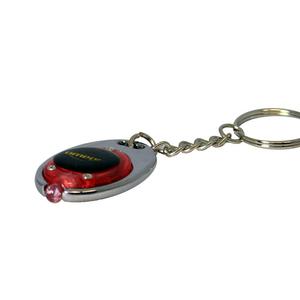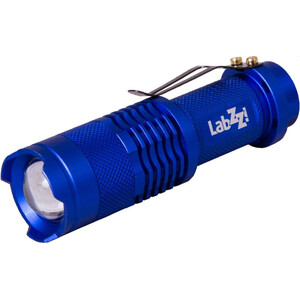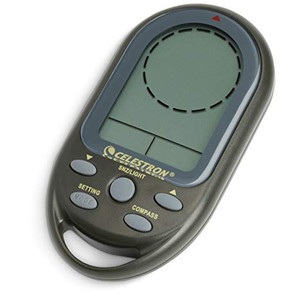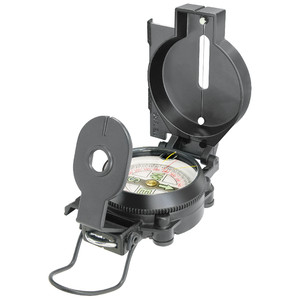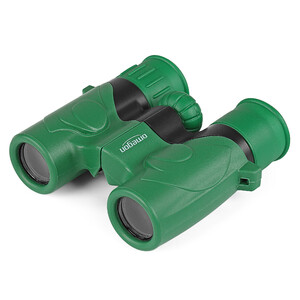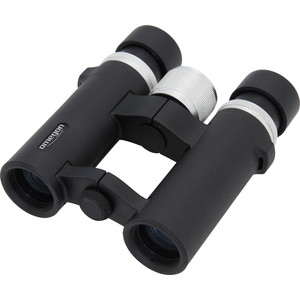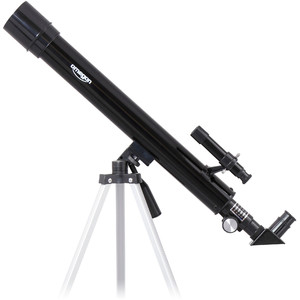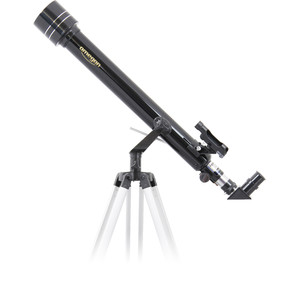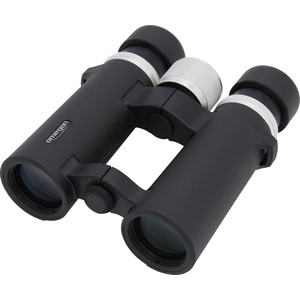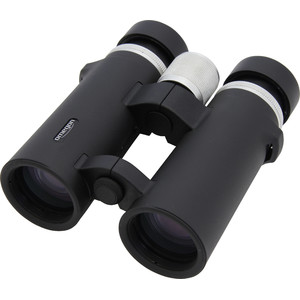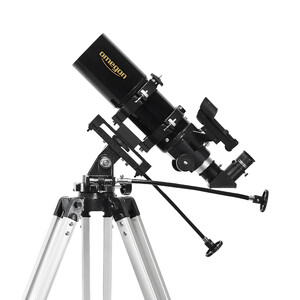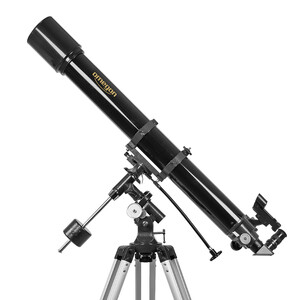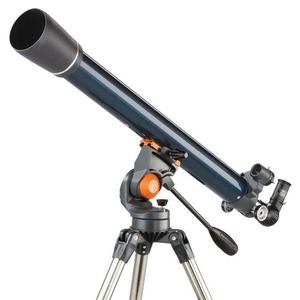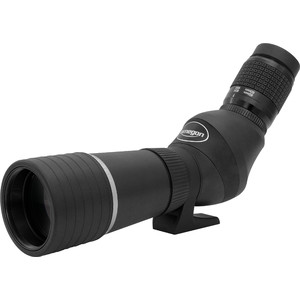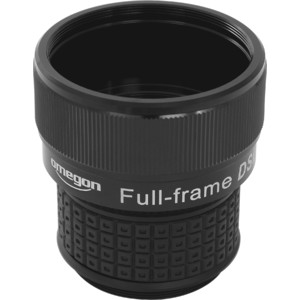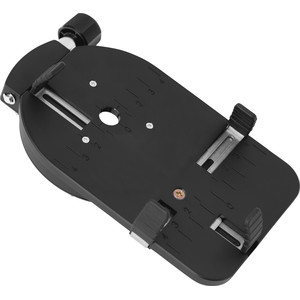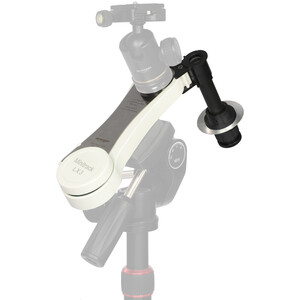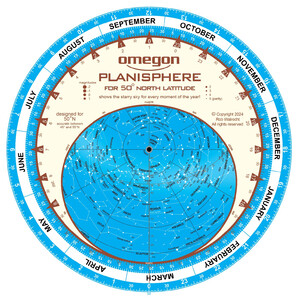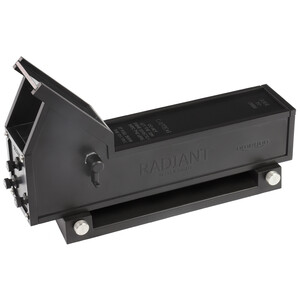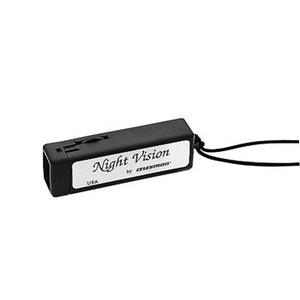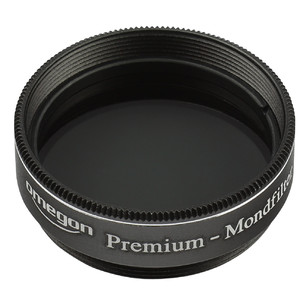The ultimate buying guide: telescopes for children and teenagers
Should you inspire children and teenagers with astronomy? Why this is a good idea, and which telescopes are suitable for which age group.
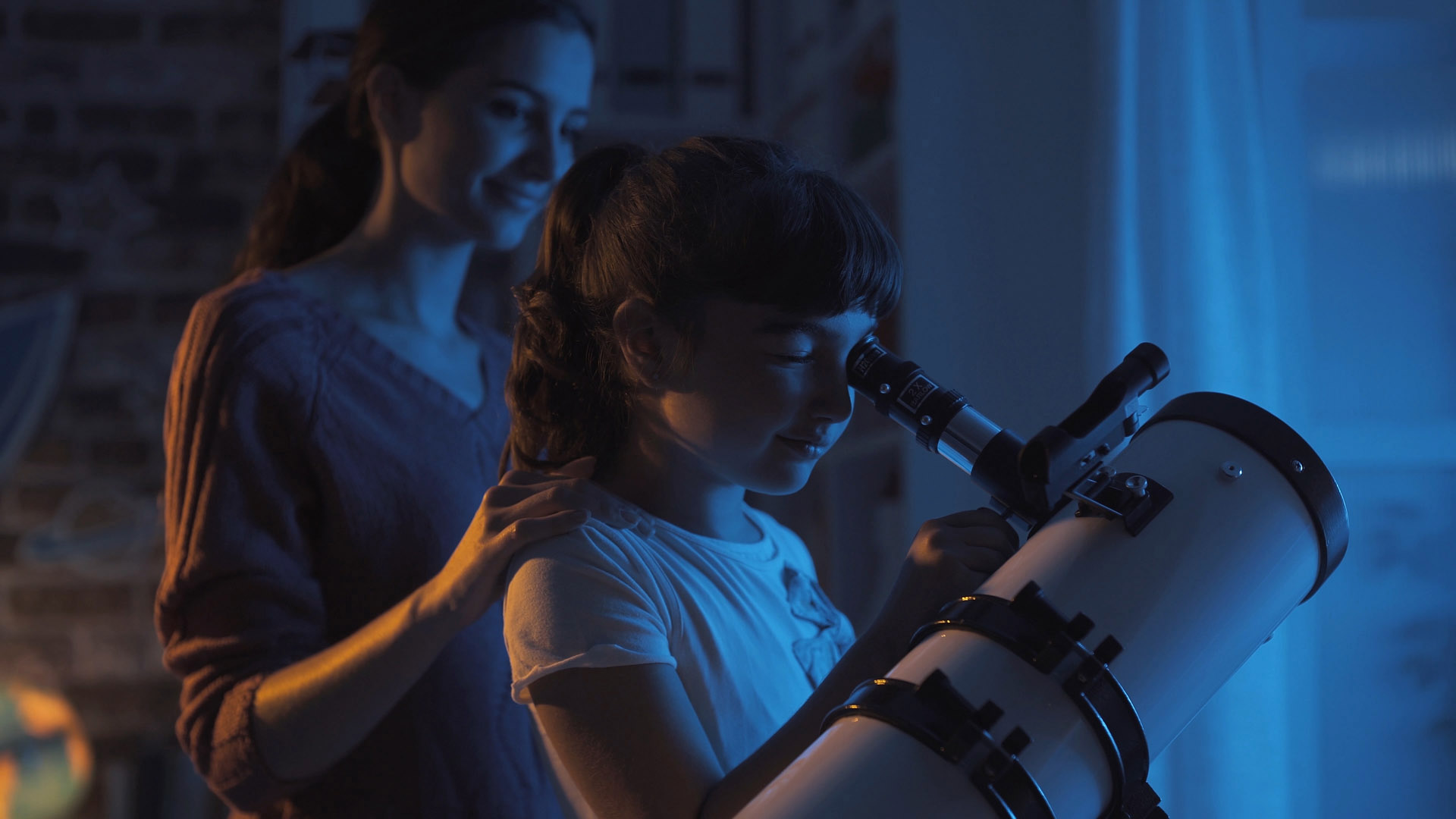 Moon, planets and stars close-up. With the right telescope, children and teenagers discover their passion for astronomy. AstroStar/Shutterstock.com
Moon, planets and stars close-up. With the right telescope, children and teenagers discover their passion for astronomy. AstroStar/Shutterstock.comChildren love astronomy. What could be more exciting than exploring the night sky with a torch, compass, star chart and telescope? Not watching a documentary, but experiencing it live outdoors.
5 reasons why children should experience the starry sky for themselves:
- Stars instead of the smartphone – see our world as it really is
- Who knows which way is east? Understand nature and its secrets
- Patience and self-motivated learning help children throughout their lives
- Mathematics, science and technology come to life
- Be more knowledgable than most adults!
Besides a few books, children and teenagers will need, above all, a telescope in order to discover the night sky. It will show more detail than binoculars, and the image is more stable. Important: the quality must be right, and the device must not overwhelm the child.
Not every telescope suits every age group
Mirror and lens telescopes are equally suitable for children and teenagers. A telescope that suits their ability and ensures a sense of achievement is more important than the technology used.
We make a distinction between these age groups:
- For young children up to the age of six, the playful discovery of the night sky is the right way to start; you don't need a telescope for this
- From the age of six, a table-top Dobsonian with a red dot finder is the best way to intuitively find and observe bright targets
- From ten years onwards, children can get to grips with an equatorial mount, which manually or automatically compensates for the rotation of the night sky
- From 14 years of age, the first astrophotos can be taken, the set-up and alignment of the mount for this requires some effort
Is photography not important? A quickly set up Dobsonian telescope shows thousands of targets – optionally also with the help of the smartphone.
Here's how you find the right telescope
We have compiled the best telescopes for these four age groups. Among them are some good products for small budgets. Our consultant’s experience of working with children informs the selection of each product.
For all products, what is important to us is:
- Easy and intuitive to use; fun is really important
- Good optical quality to ensure that details are visible when observing
- Robustly constructed products support learning through trial and error
- The introduction to astronomy is possible with a modest budget
Buy a telescope that can be used by your child to observe on their own. In this way, you guarantee that they'll have fun discovering things for themselves.
Safety notice
Never allow children to look at the sky unattended with binoculars or telescope during the day time! A single glance at the Sun can lead to severe eye damage and even blindness. An place to observe that is shielded from the Sun ensures safety.
Making discovery fun: up to 6 years of age
Up to the age of about six, most children cannot see an image in a telescope eyepiece. But this absolutely does not mean that you cannot introduce smaller children to astronomy. On a nighttime walk or a star-gazing evening, show them the Big Dipper, the Summer Triangle and the Milky Way. Or use the next meteor shower for a "shooting stars night" with a woollen blanket and a deckchair. With the right equipment, that's twice as much fun.
Children's binoculars 6x21 or 8x21
A first pair of binoculars awakens a spirit of discovery. The lightweight 6x or 8x binoculars fit securely in small hands, while the robust rubber armouring protects against knocks and ensures a firm grip in everyday use. The compact design helps young naturalists to experience birds, animals, or distant details up close.
Start intuitively: 6 to 10 years of age
Children between the ages of six and ten need guidance and support. Show children the constellations, and look for simple and bright targets such as the Moon and the planets, which quickly give a sense of achievement and awaken the desire for further discoveries. The first telescope should be simply and robustly constructed, and not too expensive. If you have to constantly intervene, the fun soon disappears.
A clear view right to the limits of what is possible: your children should also be able to experience this. But often children's binoculars do not deliver a sharp impression. The Talron HD 8x26 is different: nature, the Moon, the stars - they can all be seen needle-sharp in the field of view. The interpupillary distance can be adjusted to a minimum of 52mm. So these high-quality binoculars are also perfect for children.
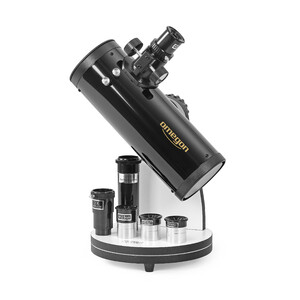
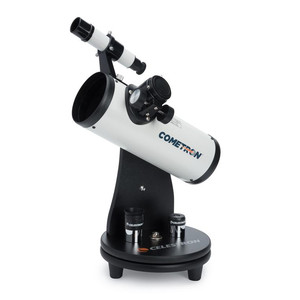
Omegon Dobson N 76/300
Although this telescope seems extremely compact, it delivers great performance. With a 76 mm aperture, it collects 116 times more light than the naked eye. You will not only admire individual lunar craters in detail. You can even imagine how the Apollo Mission astronauts must have seen the Moon from the window of their spaceship.
Celestron Dobson N 76/300
How about an adventure in space? Then simply take the Celestron Cometron 76 on a journey through our solar system. It’ll take you to the Moon, and then to gigantic Jupiter with its four colossal moons. Call in at Saturn - its ring system is definitely worth the trip.
Omegon 50/600 AZ
The moon is shining so beautifully today. How about zooming in and bringing the lunar craters up close? This is easy and requires no advanced knowledge with this telescope. You will be amazed at how many craters and mountain landscapes there are up there to discover.
Omegon AC 60/700 AZ-1
This telescope is perfect for an easy introduction to amateur astronomy. A great gift for children and adults alike which offers decidedly good value for money! The device is easy to understand and quickly set up without any tools, true to the motto: set up, insert eyepiece, observe!
Omegon AC 70/700 AZ-2
This refractor, with its aperture of 70 mm, collects more light than the classic beginner's telescopes with their 60-mm aperture. His higher resolving power shows, at its maximum 140-times magnification, first details when observing the large planets Saturn, Jupiter and Mars. And the crater landscapes of the Moon present themselves in an ever-changing light as phases change.
Find exciting targets: 10 to 14 years of age
Children aged ten years and older can carry out their own observations and gain experience in working with telescopes. This is especially true if they already had some contact with astronomy and can expand their horizons in their own way. Faint deep sky objects are exciting targets and can be found with a Radiant Finder and a star chart. Bright objects can be photographed with a smartphone or camera.
The binoculars with the crisp, sharp view: these allow 10 to 14-year-olds to explore nature and the starry sky in a wonderful way. The Talron series of binoculars is a real insider tip, offering sharp optics with nitrogen filling and modern design, all at an affordable price. They will ensure that observing the starry sky becomes a favourite occupation right from the start.
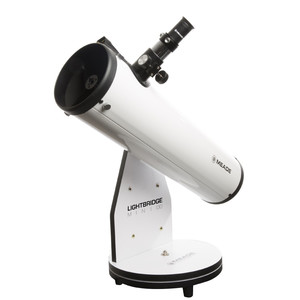
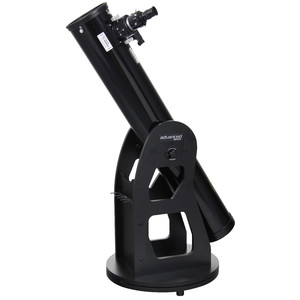
Omegon Dobson Advanced N 152/1200
This telescope opens up the world of the deep sky. The optics’ 152 mm aperture collects plenty of light, allowing young people to discover many faint nebulae or the mysterious-looking globular clusters. From this telescope size upwards, countless objects become visible, often thousands of light years away from Earth.
Omegon AC 80/400 AZ-3
The compact Omegon AC 80/400 AZ-3 with an 80-mm aperture, a short tube and an altazimuth mount, is aligned with any object on the sky or on Earth in no time. Simple to operate, but strong in performance, it shows teenagers everything they’ll want to see in the sky.
Omegon AC 90/1000 EQ-2
This classic 90-mm lens telescope is not without reason a bestseller: it fantastically shows the lunar craters or the rings of Saturn. It has an equatorial mount with a gear system with which you can follow any celestial object. And best of all, the viewing position is easily accessible to every child. With this telescope, astronomy is a real experience for the entire family.
Omegon N 130/920 EQ-2
With this telescope, children and teenagers can embark on their first excursions into the world of faint nebulae and galaxies. At magnifications up to 260 times, planets already reveal details, and with a digital camera and an optional camera adapter, first photos of the Moon can be attempted.
Observe and photograph with a passion: from 14 years of age
From 14 years of age onwards, young people can learn and observe alone, just like adults. Equatorial mounts with motorized tracking make astrophotography of faint deep sky objects possible. PushTo and GoTo mounts bring targets into view that are difficult to find visually. And with a good spotting scope you can observe the Milky Way and star clusters at night, and passing birds during the day.
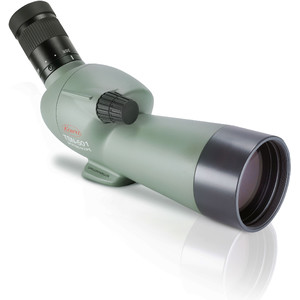
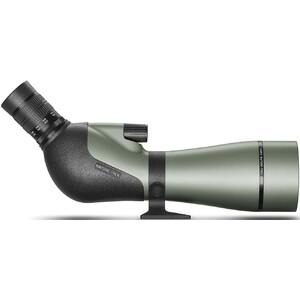
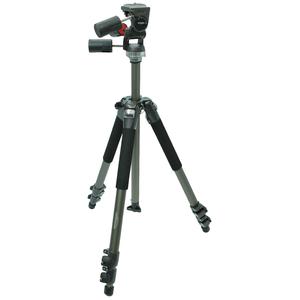
Kowa TSN-501
Kowa spotting scopes are an insider tip when it comes to nature observation. They impress with sturdy mechanics and sharp optics. This model is ultra-compact, portable and equally strong at close range. Perfect for on-the-go and entry-level high-end observing. A small optic for the great wonders of nature.
Hawke 20-60x80
Zoom in and observe distant objects. This works really well with a spotting scope, and you don’t have to worry about eyepieces or accessories. The Hawke can be zoom-adjusted to between 20- and 60-times magnification, and even distant objects appear bright and clear.
Omegon Titania 600 Tripod Kit
A stable tripod, but it must be cheap? This is possible: with the Omegon Titania 600 tripod kit, including a panorama 3-way tripod head. The stable aluminium tube legs can be flexibly extended and locked in place. A low own weight, but can carry up to 9 kg. A tripod that any astro-, nature- and photo-fan can use.
Omegon ED 15-45x60
In the evening under the stars or during the day on a trip in the mountains, a hike by the lake or bird spotting: the Omegon ED 15-45x60 spotting scope is compact and offers brilliant high-definition optics that will leave everyone amazed. This will give teenagers a lifetime of pleasurable observing.
Omegon DSLR camera adapter
Astronomy and nature observation present young people with amazing images. Wouldn't it be great if they could capture these experiences with a camera? Every photography fan dreams of taking his own pictures of the jagged craters on the surface of the Moon. All you need is an Omegon ED spotting scope and this camera adapter. It is the connection to a camera - and to images that even adults would be proud of.
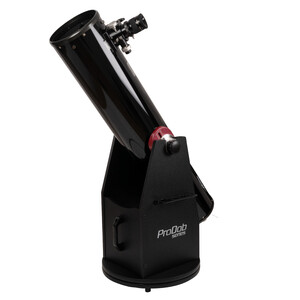
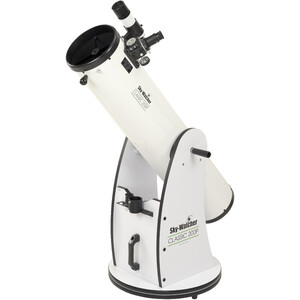
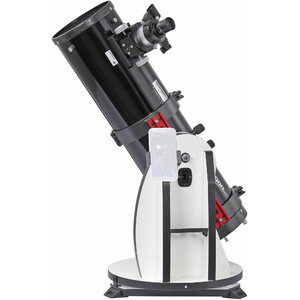
Omegon N 203/1200
This Dobsonian telescope has a mirror diameter of 200 mm (equivalent to 8 inches) and a focal length of 1200 mm. This achieves an aperture ratio of f/6. The 8-inch optics already collect a lot of light; in dark skies, weak stars up to magnitude 14 and hundreds of nebula objects and galaxies are visible.
Omegon Push+ mini N 150/750 Pro
Faint objects are sometimes not easy to find. With the Push+ Mini telescope, this is very simple: your smartphone is connected to the mount, and the display shows exactly where your journey is taking you. Perfect for tech-savvy teenagers who want to use their smartphone as a sky control centre.
Omegon Easypic Universal Smartphone Adapter
These days, there’s a smartphone in every pocket. With their built-in cameras, the entry into astrophotography is possible with not a lot of extra cost: you need nothing more than this adapter, with which the smartphone is attached to the telescope eyepiece. The Moon looks really something on such a self-shot smartphone image!
Omegon MiniTrack LX
The Omegon MiniTrack LX is a mini-mount for guaranteed successful astrophotos - with wide-angle and lightweight telephoto lenses. The MiniTrack is compact and can be taken anywhere. Beautiful views of the starry sky are surprisingly easy – even without much astrophotography experience.
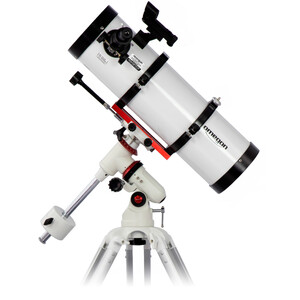
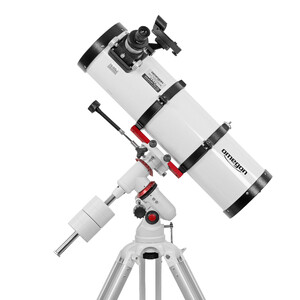
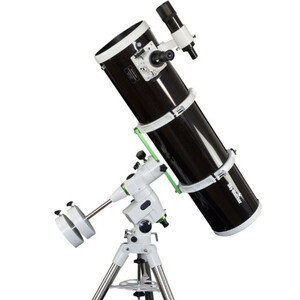
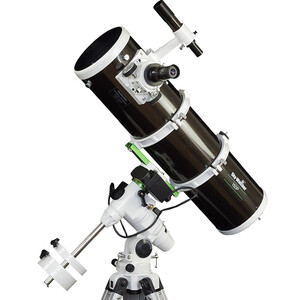
Skywatcher N 200/1000 Explorer BD NEQ-5
Wouldn't it be great to get going with astronomy right away? The Skywatcher 200/1000 Explorer telescope offers a successful entrance into the world of nebulae and galaxies. With a high light gathering capability, it catches even weak objects via the 200-mm main mirror. Ideal for teenagers from 14 years upwards and adults who would love to spend the whole night observing.
Skywatcher N 150/750 PDS Explorer BD EQ3-2
Lots of light and high rigidity for little money: the Skywatcher N 159/750 Explorer collects sufficient light that far-away deep sky objects like the Ring Nebula in the constellation of Lyra or the Dumbbell Nebula become visible. Stars at the fringes of globular clusters such as M13 can be resolved. Also, the observation of the planets Saturn, Jupiter, Venus and Mars will provide images rich in detail.
Conclusion
Your child's first experiences with astronomy and the starry sky will determine whether they are captivated by the subject, and will pursue it. One's own journey into the universe often begins with one's first book and with one's first telescope. Do you have any questions about choosing a suitable telescope? Many of our astronomy experts have been astronomy enthusiasts since childhood, when they got their first telescope. We are happy to advise you!

